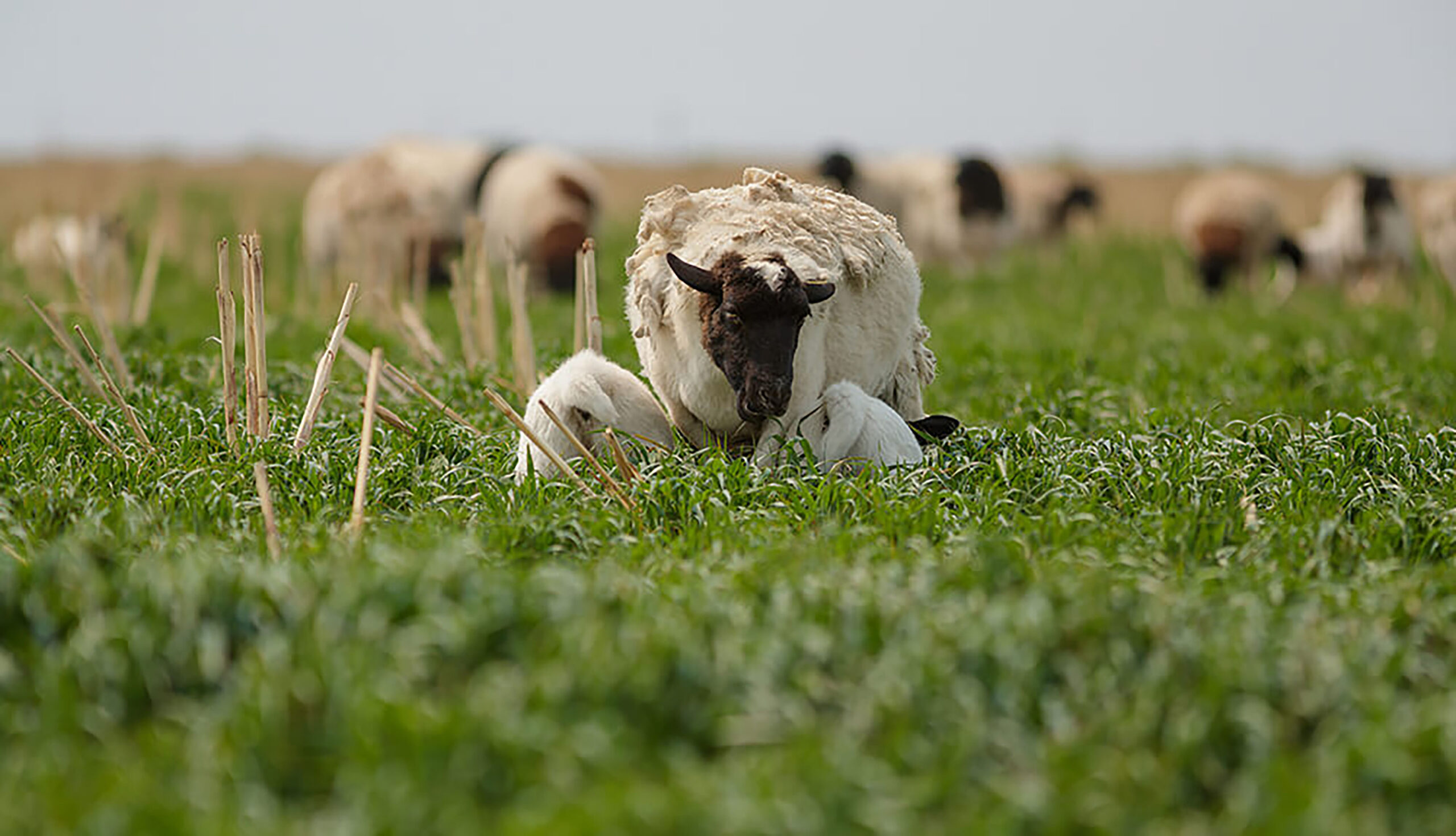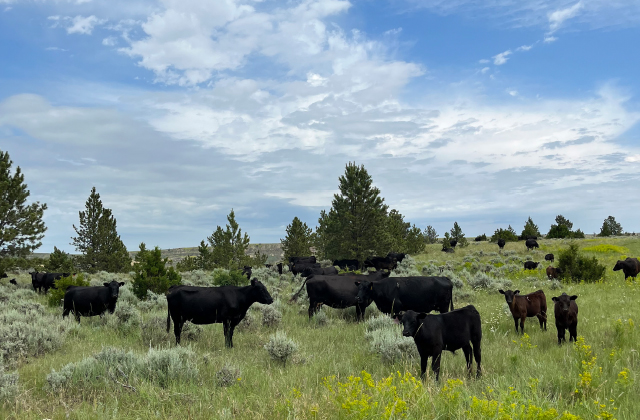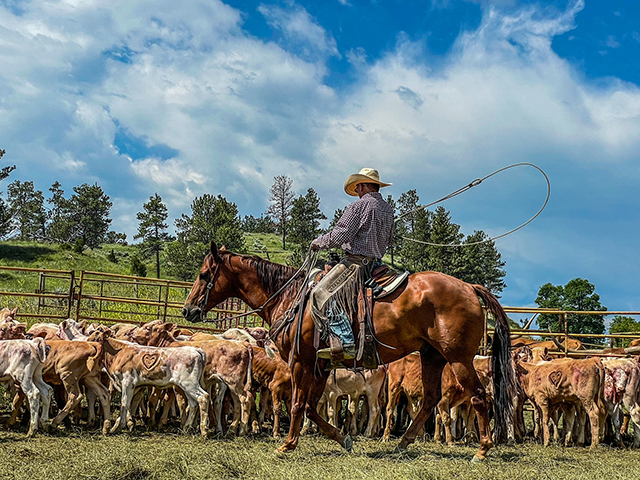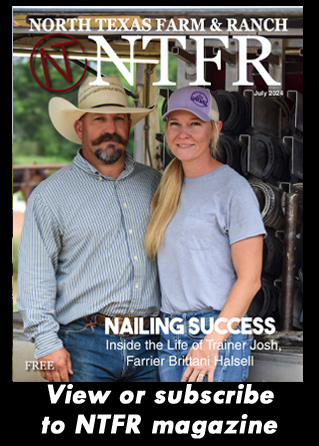Farm & Ranch
Cover Crop Confessions: Mistakes We Made, Lessons We Learned

By Marilyn Cummins
In the summer of 2021, the first diverse warm-season cover crop Kevin Pierce drilled into what had been a conventionally cropped monoculture of cereal rye on Noble Research Institute’s Red River Ranch was a big success.
“That first year, it was great. It was huge,” he says of the 15-some-seed mix, half grasses and half broadleaves. “When all the seeds came up and they grew, we thought, ‘Well, this is easy.’ It looked great.”
They grew gourds, cowpeas, buckwheat, radishes and more along with a mix of grasses.
He followed that in the fall with a cool-season cover-crop mix that produced a decent stand of wheat, oats, rye, barley with vetch, clover, turnips and other crops mixed in. Then came the drought. Whether it was lack of water or the possibility that whatever fertility was left from the last conventional year’s application was now depleted from the sandy soils – or both – very little of the next warm-season cover crop they seeded came up or grew.
“What little bit of stand we did get, the fields were really ugly,” Pierce says. “They were covered in marestail, and that wasn’t something you were really proud of, to be honest. You couldn’t even find a radish out there.”
To read more, pick up a copy of the July issue of NTFR Magazine. To subscribe call 940-872-5922.
Farm & Ranch
Ag Elsewhere: Wyoming

By Tressa Lawrence
Ranchers across northeast Wyoming and the surrounding areas saw record moisture levels in 2023. The year 2024 has seen significantly less moisture to date.
Farm & Ranch
Ag Elsewhere: Montana

By Lindsey Monk
People are finishing up brandings. Here, Danny Walter is shown getting it done.
Farm & Ranch
Animal Disease Traceability

By Barry Whitworth, DVM
On July 6, 2020, the United States Department of Agriculture Animal and Plant Health Inspection Service (APHIS) posted in the Federal Register a proposal that radio frequency identification tags be used as official identification for cattle and bison. Following a period for public comment, the USDA APHIS released a statement on April 24, 2024, with the amended animal disease traceability (ADT) regulation for cattle and bison. The full press release may be found at https://www.aphis.usda.gov/news/agency-announcements/aphis-bolsters-animal-disease-traceability-united-states. Under the new rule, cattle and bison will need to be identified with tags that are both visual and electronic.
The USDA defines ADT as knowing where diseased and at-risk animals are, where they have been, and when the animal disease event took place. A system that allows for efficient traceability of livestock in the United States is essential for animal health and reducing the economic effect of a foreign animal disease outbreak and other diseases on livestock producers as well as others whose well-being depends on livestock production.
To read more, pick up a copy of the July issue of NTFR magazine. To subscribe by mail, call 940-872-5922.
-

 Country Lifestyles1 year ago
Country Lifestyles1 year agoScott & Stacey Schumacher: A Growth Mindset
-

 Country Lifestyles7 years ago
Country Lifestyles7 years agoStyle Your Profile – What your style cowboy hat says about you and new trends in 2017
-

 Equine10 months ago
Equine10 months agoThe Will to Win
-

 HOME7 years ago
HOME7 years agoGrazing North Texas – Wilman Lovegrass
-

 Country Lifestyles4 years ago
Country Lifestyles4 years agoAmber Crawford, Breakaway Roper
-

 Outdoor9 years ago
Outdoor9 years agoButtercup or Primrose?
-

 Country Lifestyles8 years ago
Country Lifestyles8 years agoDecember 2016 Profile, Rusty Riddle – The Riddle Way
-

 Country Lifestyles8 years ago
Country Lifestyles8 years agoJune 2016 Profile – The man behind the mic: Bob Tallman






